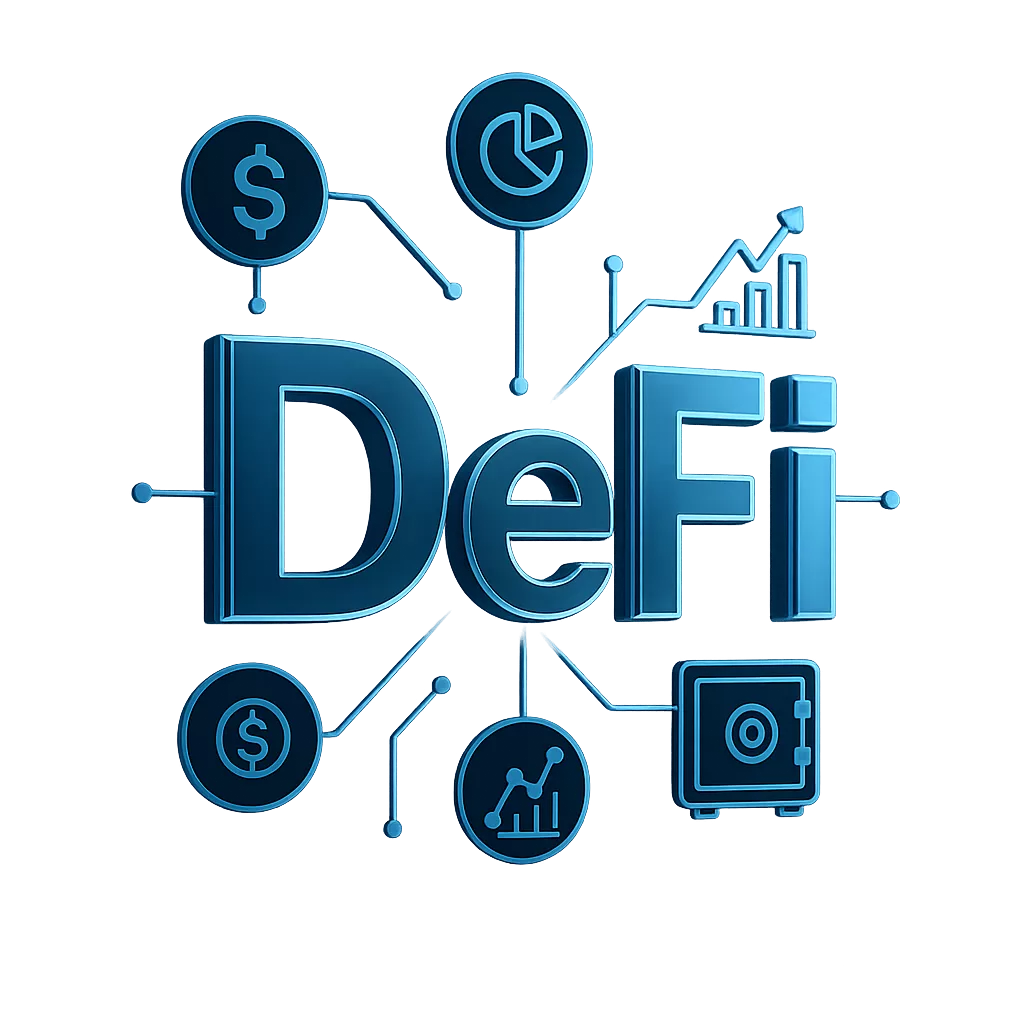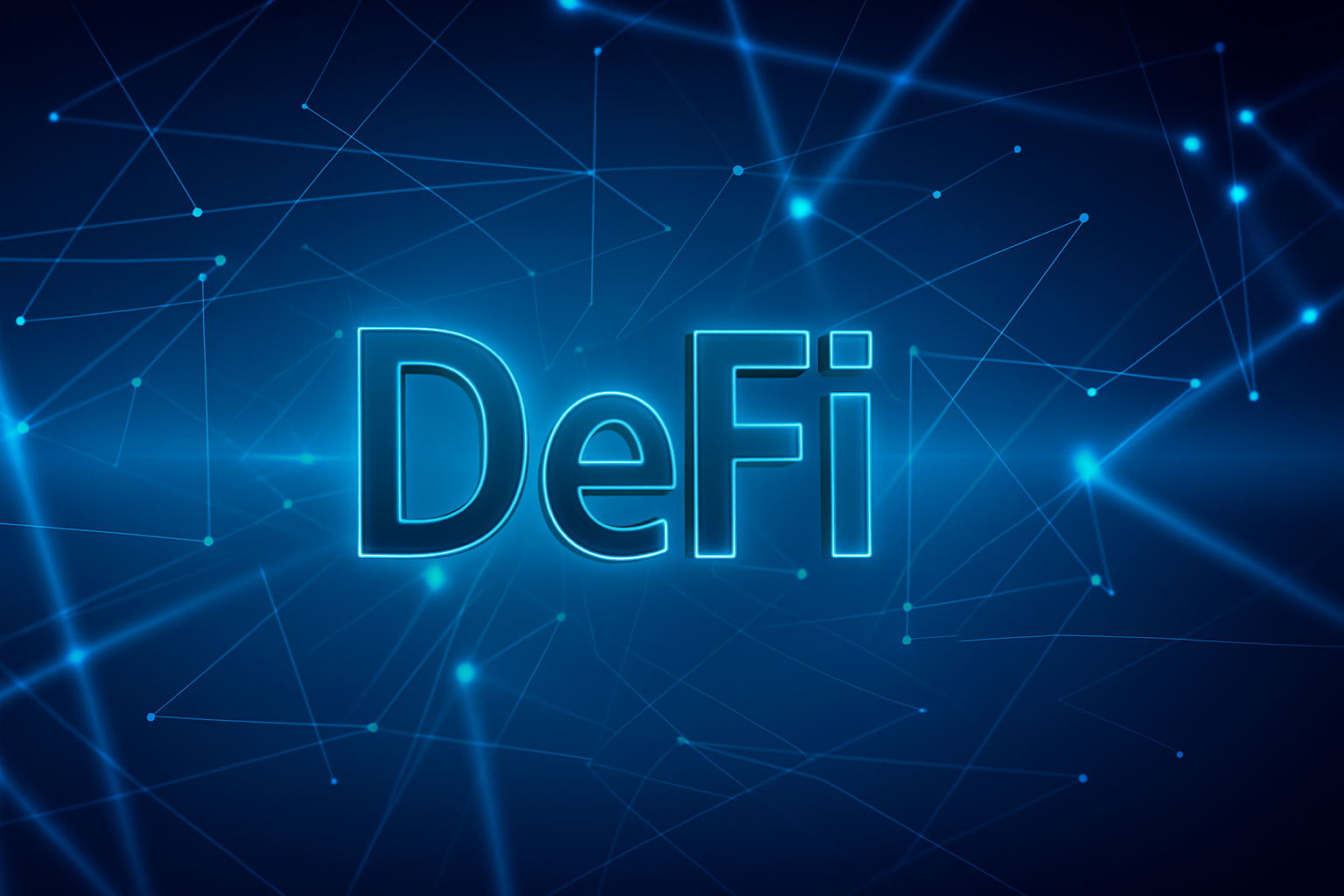The world of decentralized finance (DeFi) has opened new doors for investors seeking alternatives to traditional financial systems. With blockchain-powered protocols offering transparency, automation, and 24/7 access, many are now asking: how can I invest in DeFi effectively and securely?
In this article, we’ll break down what DeFi means, the technologies behind it, and how to invest in DeFi in a way that aligns with your goals and risk tolerance.
What Is DeFi?
DeFi refers to a set of financial applications built on blockchain networks that operate without centralized intermediaries. These systems use smart contracts to replicate services traditionally offered by banks, including lending, borrowing, asset trading, and interest-earning savings accounts.
Unlike traditional finance, DeFi platforms are:
- Non-custodial, meaning users retain control over their funds
- Open-source, with code often auditable by the public
- Permissionless, allowing anyone to participate
- Transparent, with data stored on-chain and visible in real-time
For more information, visit our article “What is DeFi?: The Future of Financial Freedom“.
Why Invest in DeFi?
The potential upside of DeFi lies in its:
- High yield opportunities compared to traditional savings
- Accessibility, especially for those outside conventional banking systems
- Innovation, with new financial instruments emerging constantly
That said, DeFi also carries risks, including protocol bugs, smart contract vulnerabilities, and market volatility. This makes understanding the technology before you invest in DeFi absolutely essential.
Key Technologies Powering DeFi
To invest in DeFi with confidence, it helps to understand the technologies involved:
- Smart Contracts: Automated programs on blockchains (like Cardano) that execute transactions without intermediaries.
- Decentralized Applications (dApps): Front-end interfaces built on smart contracts.
- Tokenization: The creation of blockchain-based assets that represent ownership or rights to underlying assets.
- Liquidity Pools: Smart contract-based pools of assets used for decentralized trading and lending.
Ways to Invest in DeFi
Here are several common methods to invest in DeFi:
1. Direct Participation in DeFi Protocols
Deposit your crypto into DeFi platforms to earn interest, participate in liquidity pools, or take loans. This includes:
- Lending platforms like Aave.
- Yield farming protocols that reward users with governance tokens
- Decentralized exchanges where you can swap tokens and provide liquidity
2. DeFi Index Funds or Aggregators
Some platforms offer DeFi-focused portfolios or indices that allow you to gain exposure to multiple DeFi tokens without managing them individually. This is another convenient route to invest in DeFi without needing to handle multiple assets manually.
3. Tokenized Portfolios: ETF 2.0
Emerging solutions like PBG Token offer a new way to invest in DeFi. Built on Cardano, PBG represents a Decentralized Vault Portfolio (DVP) — a fully on-chain, smart contract-managed crypto fund.
Users mint PBG Tokens by depositing ADA, gaining exposure to a diversified portfolio of digital assets. All performance, fees, and transactions are visible on-chain, and users can exit anytime by burning tokens.
This model reduces complexity and centralization while offering the benefits of traditional fund investing — but with greater transparency and flexibility. It’s one of the clearest examples of how to invest in DeFi using Web3-native infrastructure.
The Role of Education and Community
Another essential component when you invest in DeFi is staying connected to the community and constantly educating yourself. DeFi is a fast-moving ecosystem, and being informed helps users adapt to new opportunities and evolving technologies.
Join online forums, follow reputable DeFi newsletters, participate in governance discussions, and attend virtual events. These are not just ways to learn — they are strategic moves to stay ahead and make better investment decisions.
Education, paired with community engagement, builds the confidence needed to navigate the decentralized economy. It’s not just about tools — it’s about understanding the environment where you choose to invest in DeFi.
Final Thoughts
Learning how to invest in DeFi is more than a trend — it’s a shift in how we think about control, transparency, and financial inclusion. Among the tools redefining this landscape, PBG Token stands out as a next-generation solution that brings full asset management capabilities on-chain — without intermediaries, without delays, and without opacity.
As decentralized finance continues to evolve, PBG.io isn’t just keeping up — it’s leading the way. Through its ETF 2.0 model powered by Decentralized Vault Portfolios (DVPs), PBG is setting a new benchmark for what financial infrastructure can look like: programmable, auditable, and open to everyone.
For those serious about entering DeFi with security, performance, and long-term usability in mind, PBG is more than an entry point — it’s the future, already built.
Disclaimer:
The information provided in this article is for educational and informational purposes only. It does not constitute financial, legal, or investment advice. All investments in digital assets carry risks. PBG.io makes no guarantees regarding future outcomes. Always conduct your own research before making any financial decisions.

